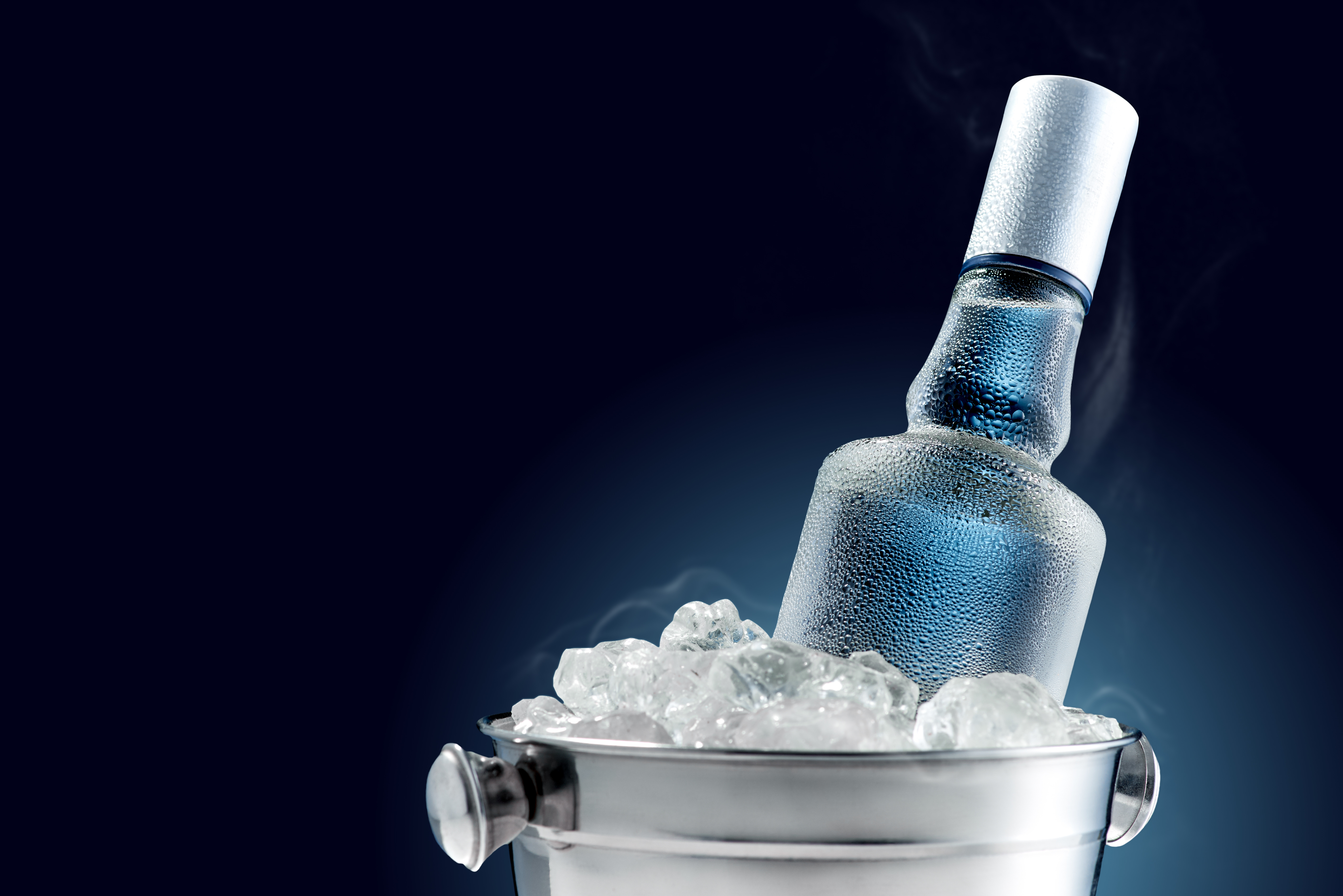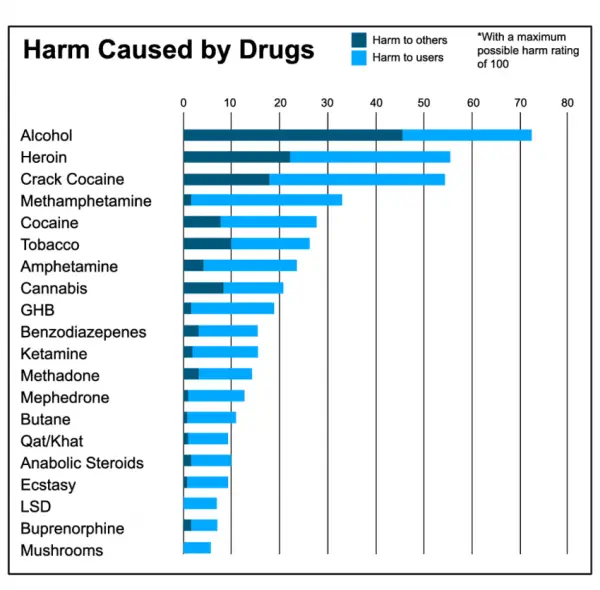Scientists Developing Synthetic Alcohol That Isn’t Bad For You And It Could Be A Breakthrough
Tags: News

The scientist who showed that alcohol is more dangerous than crack and other street drugs, is now working on a synthetic version of alcohol that is far safer than the original substance.
English neuropsychopharmacologist David Nutt has seen alcohol destroy many lives throughout his career, but he has also learned through his experiments and experience that telling people to “just say no,” doesn’t usually work. Instead, Nutt has been developing a safe alternative, which will provide the same psychoactive effects without the hangovers or health issues associated with the alcohol.
“Most of my professional life I’ve been treating people for whom alcohol is a problem, and a lot of my professional research relates to that,” Nutt told The Guardian.
Nutt’s creation is called “Alcarelle” and contains synthetic alcohol compounds known as “alcosynth.”
“The industry knows alcohol is a toxic substance. If it were discovered today, it would be illegal as a foodstuff. The safe limit of alcohol, if you apply food standards criteria, would be one glass of wine a year,” Nutt said.
However, Nutt explained that he is not against alcohol, he just wants to see a safer alternative because he believes that we have the technology and capabilities to create one. This approach of making drug use safer instead of expecting people to live in total sobriety is called “harm reduction.”

David Nutt in Karolinska Institutet, 2013 – Wikimedia
Examples of harm reduction tactics would be needle exchange programs, drug testing kits at raves, or supervised safe injection sites, just to name a few. Teaching condom use for sexual education, instead of abstinence is another example of how harm reduction is applied to other social issues.
Nutt understands that it is not the health risks that people are seeking out in alcohol, it is the intoxication, and he has been able to narrow down the psychoactive effects to components in the brain called Gaba receptors. Nutt first learned about the Gaba system when he was attempting to make an alcohol antidote as a Ph.D. student in 1983. The antidote worked to reverse drunkenness, but unfortunately was also extremely dangerous and never went to market because the possibility of extreme side effects was high.
Nutt discovered that the key to intoxication was the stimulation of the Gaba receptors, so he knew that if he could find a way to stimulate the correct Gaba receptors without damaging the body, or stimulating the wrong Gaba receptors, he could create a safer version of alcohol.
“People said it was ‘too challenging, too crazy’. It was 2005, and the concept of disruptive technology didn’t exist. They said: ‘It’s clever but you’ll never do it,’ but I kept talking about it because it was clever and we can do it,” Nutt explained.
In his studies over the years, Nutt has been able to narrow down the specific Gaba receptors that mediate the effects of alcohol.
“We know where in the brain alcohol has its ‘good’ effects and ‘bad’ effects, and what particular receptors mediate that – Gaba, glutamate and other ones, such as serotonin and dopamine. The effects of alcohol are complicated but … you can target the parts of the brain you want to target,” Nutt says.
However, Nutt and his team still need to prove to regulators that Alcarelle is safe to be sold on the market. So far, Nutt and his team are the only people who have tested the product.
“We’re allowed to try it whenever we want. We tested a lot of possible compounds, to try to find which are most likely to work. It would be dishonest to spend millions of pounds on something when you haven’t a clue if it does what you want. There will obviously be testing to check the molecule is safe. And we need to show that it’s different from alcohol. We will demonstrate that it doesn’t produce toxicity like alcohol does,” Nutt explained.
The graph below shows the results of Nutt’s breakthrough study “Development of a rational scale to assess the harm of drugs of potential misuse.”

researchgate.net / David Nutt
IMAGE CREDIT: Kamil Zabłocki
Leave Comment: